The tradition of the Christmas tree did not become widely popular outside of Germany until probably the 19th century. The actual origin of the custom is generally accepted as being pre-Christian, although there are some who disagree.
One such person is author Francis X. Weiser who wrote in his book Handbook of Christian Feasts and Customs that the Christmas tree is 'Completely Christian in origin.' and 'It's origin is due to a combination of two medieval religious symbols: the Paradise Tree and the previously described Christmas lights.' {You can find out more about the Christmas lights and Paradise Tree on page 81.}
Another story supporting the theory that the Christmas tree is a not pre-Christian is that of Saint Boniface, who went to Germany in 723 for Christmas and was so pissed that the Germans were going to celebrate the season in the old Pagan way {which apparently included human sacrifice} that he chopped down the sacred oak of Odin. After that, legend has it that a fir tree took its place, thus the dawn of the Christmas tree. {The Christmas Tree: Legends, Traditions, History by Lino Lozza.}
In some areas of England it is bad form to bring seasonal greenery in and trees into a house before Christmas Eve, or to take it down before the Twelfth Night. Disposing of the trees and greenery is also a serious affair. Some folks burn it ritually, while others insist that it is bad luck to do so. {The Encyclopedia of Superstitions by Edwin Radford.}
Of course the trees themselves now how decorations, and depending on where, there are many different traditional ways to trim a tree.
According to Dorothy Gladys Spicer in Festivals of Western Europe a typical Swedish tree would have been donned with gingerbread, apples, nuts, candles, along with straw goats and pigs. In the book she says:
According to Dorothy Gladys Spicer in Festivals of Western Europe a typical Swedish tree would have been donned with gingerbread, apples, nuts, candles, along with straw goats and pigs. In the book she says:
The straw animals, which are found throughout Sweden, are intimately related to ancient Norse mythology; for the modern figures originated in legends of the sacred animals of the gods--the goat of Thor, the thunder god, and the pig of Frey, god of the sun.
She also talks about a few other places such as Switzerland, where trees were often kept in a closed off room until after Christmas Eve dinner. When revealed the most likely decorations that would be seen were bells, cotton balls, apples, cookies, and red candles.
A pretty common decoration that you see on many people's trees today are Christmas balls, which some claim started out as a version of a Witch ball. They were supposed to keep away evil spirits and jealous neighbours from spoiling the household's Christmas. Bells being put on trees, doorways, wreaths and other parts of the house served the same purpose.
The candy cane is the descendent of a simple white stick of candy that was at one time really popular in Europe. There is one legend that says the current shape of the candy cane was created by a member of a Cologne Cathedral in Germany. He was the choirmaster of the church, and in 1670 he bent straight candy to represent a shepherd's crook, which was then given out to the children. {The History of the Candy Cane by Laura Witcher Goldstein.}
Instead of Christmas trees, in England and Germany wooden pyramids were sometimes used. They would be decorated with colourful paper, lights, evergreen branches, fruit and nuts, and have presents placed underneath them. {Christmas In Ritual and Tradition, Christian and Pagan by Clement A. Miles.}
In History of the Christmas Wreath: Germanic Tradition and Victorian Craft-lore Jordan Dickie writes that the modern Christmas wreath had started off as a Germanic Pagan tradition around the Winter Solstice, a tradition that was taken up by the Catholic Church in the 8th century. This was the beginning of the Advent wreath.
There is also a historical Pagan use of other plants at this time of year which are connected to Christmas, two of them being holly and mistletoe {click on the links to read posts I did on them last year}.
Sláinte!
Laurel

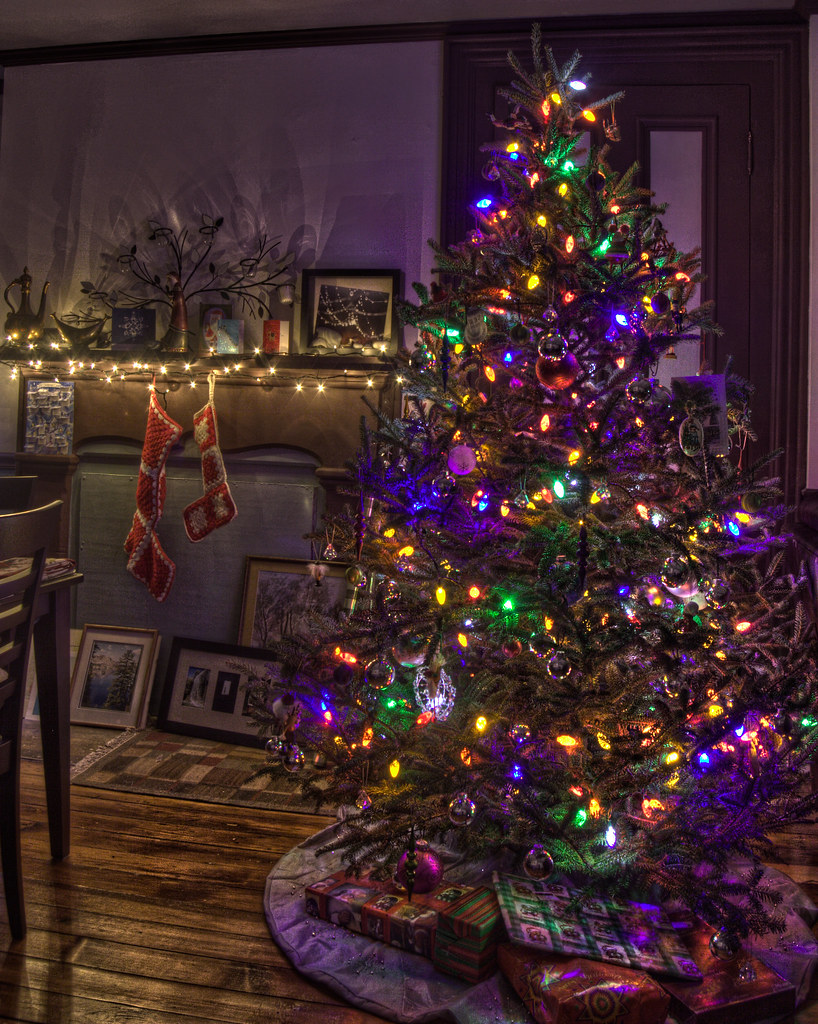
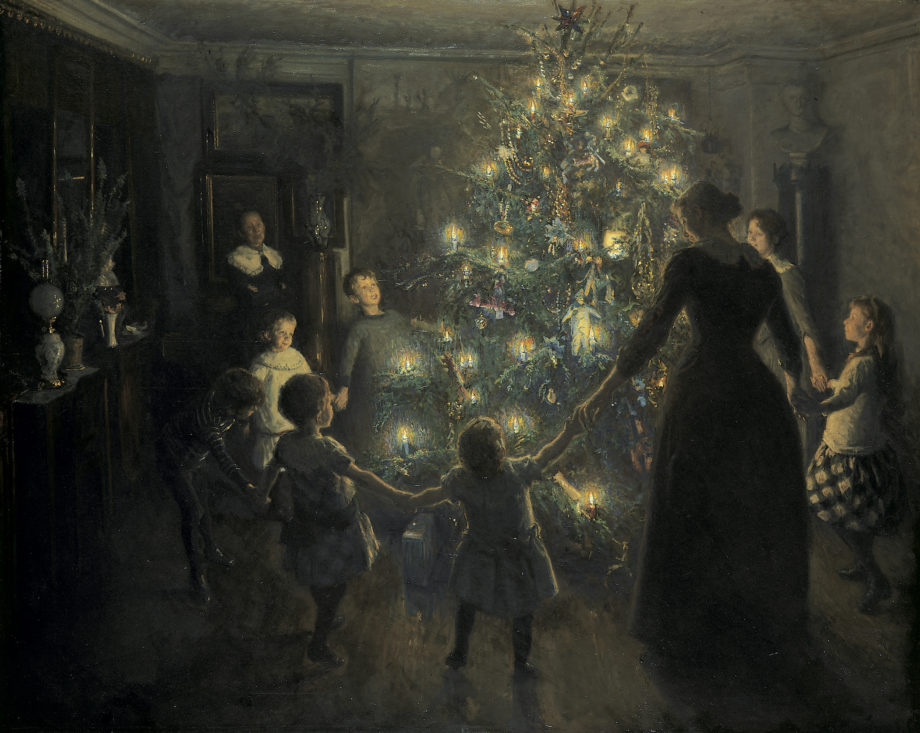



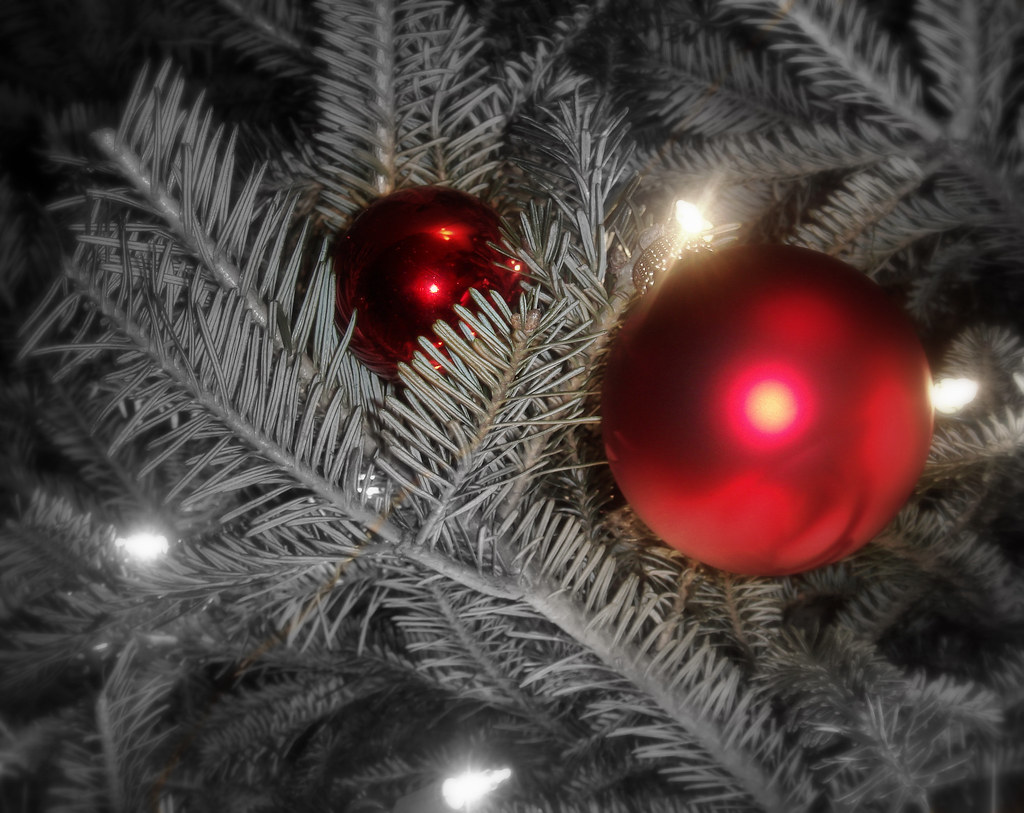
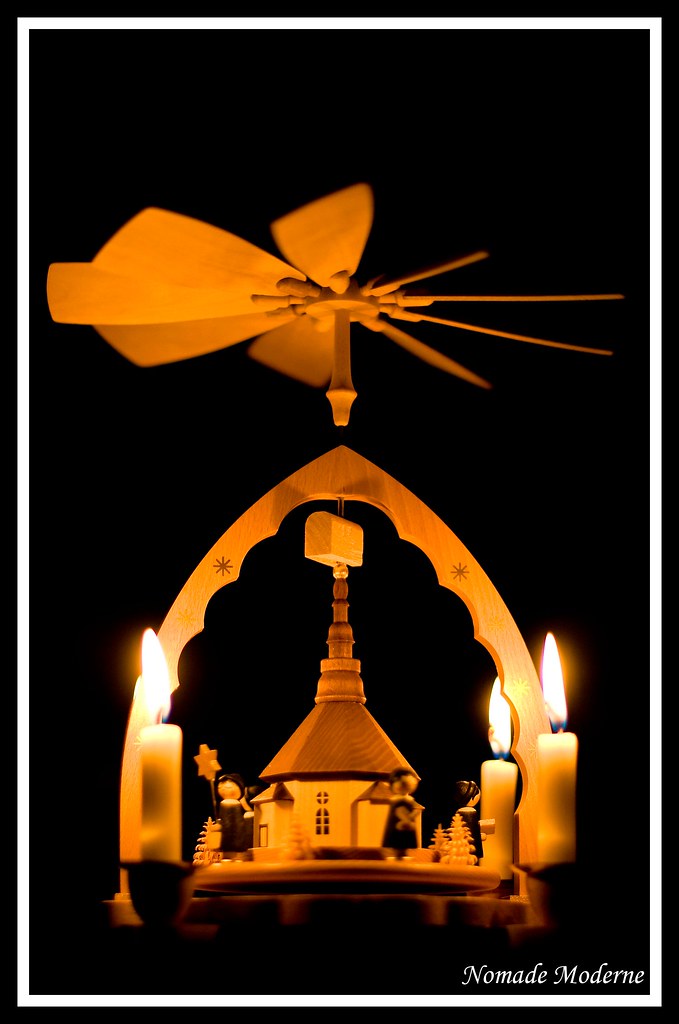
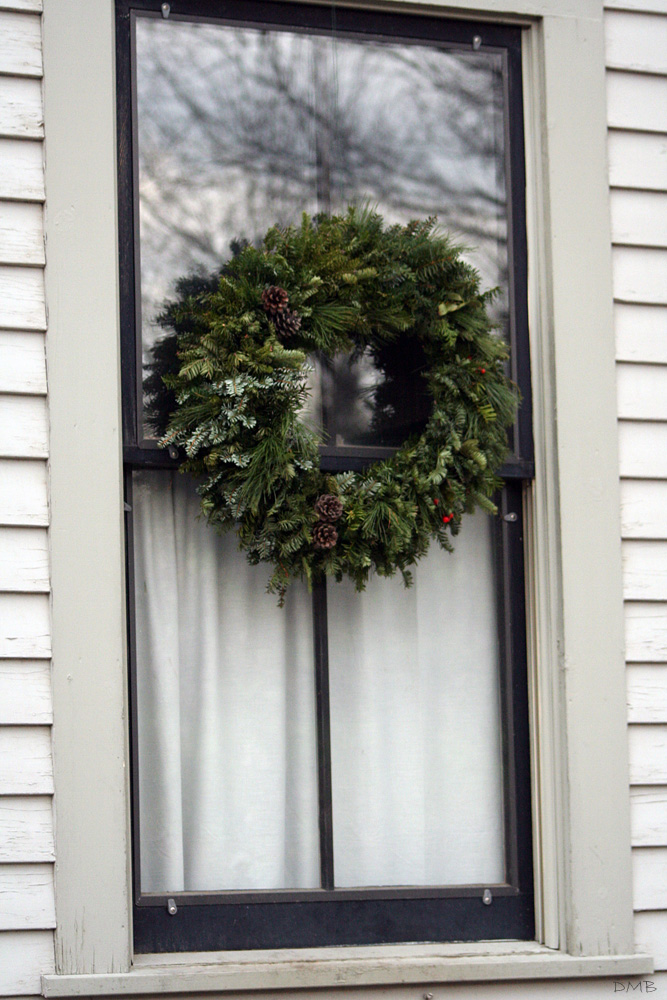
7 comments:
Cool! Are you going to post more about xmas legends?
Lots of ineresting lore packed into a small post. I am with the person above and hope that you do some more!:)
Weeee! This got me into the spirit thanks! =^)
Great as always! Do you have any special plans for the solstice?
You are all most welcome and yes there is more on the way! :)
Oops, sorry forgot to respond Pyke! Yes, we're doing the family thing this year and I will be attending a ritual with some Heathen friends. ;)
Great Post on the Yuletide :D
I wrote a poem and made a machinima film celebrating Odin's part in these traditions
http://www.youtube.com/watch?v=LJLiLa7G5Ig
bright blessings *
celestial elf ~
Post a Comment